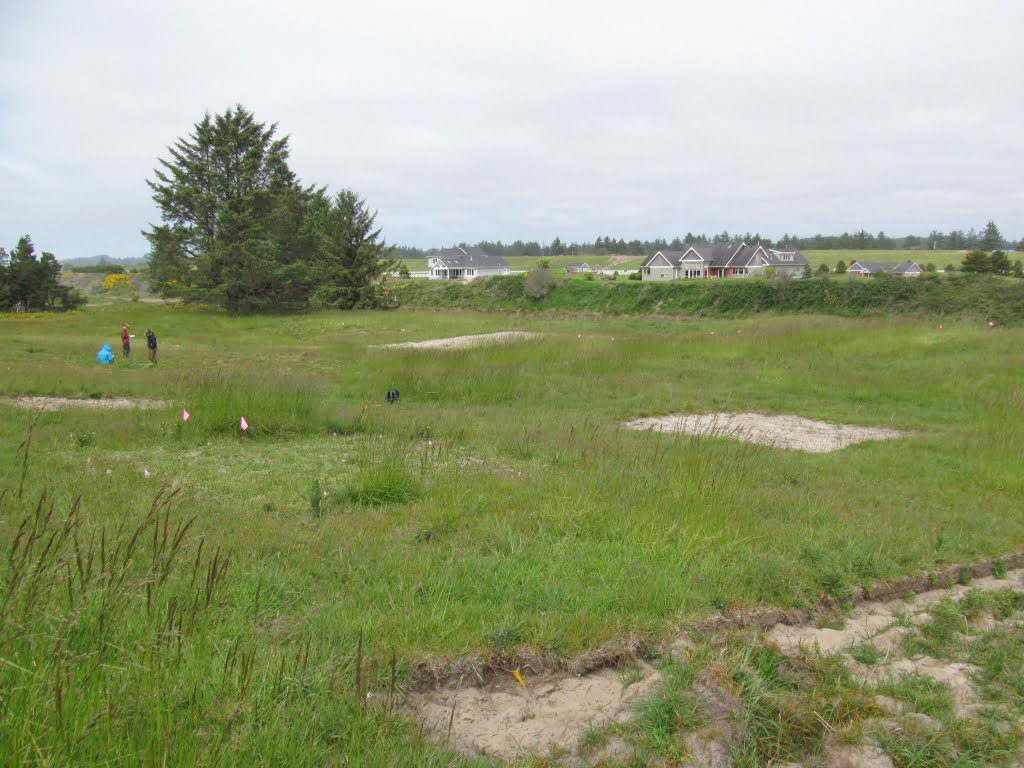
Adaptive Restoration Efforts in Willapa Bay!
In June we traveled to the north coast by Astoria, OR and Long Beach, WA to assess the health and restoration potential at several different coastal prairie sites. Three of the five sites were located on land managed by the North Coast Land Conservancy, a non-profit that tackles conservation projects from the Columbia River south to Lincoln City. The other two sites are located on land owned by the National Park Service and U.S. Fish & Wildlife Service. The ultimate goal of this project is to evaluate the effects of adaptive restoration techniques on coastal prairie. The results of this project will provide useful information for future restoration efforts of coastal prairie, which is native habitat for the Oregon silverspot butterfly. In order to research the best adaptive management methods for prairie restoration, three techniques and a control were established: herbicide, soil inversion, and soil removal. The success of each restoration method is evaluated by collecting plant community data in all research plots every year. Within each plot we estimated percent cover of all plants occurring in four square meters. The plot photos are pictured below:





Look for more information on these study sites and coastal prairie restoration efforts in a future edition of the Native Plant Society of Oregon's Bulletin!
Restoration
Research
Education
Contact
Main Office:
4950 SW Hout Street
Corvallis, OR 97333-9598
541-753-3099
info@appliedeco.org
Southwest Office:
1202 Parkway Dr. Suite B
Santa Fe, NM 87507
(505) 490-4910
swprogram@appliedeco.org
© 2025 Institute for Applied Ecology | Privacy Policy
